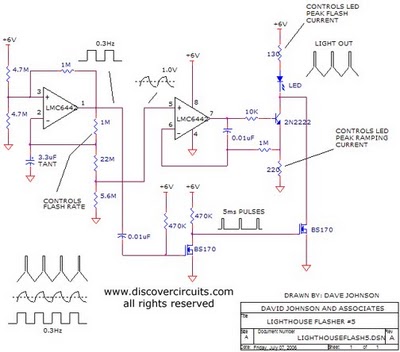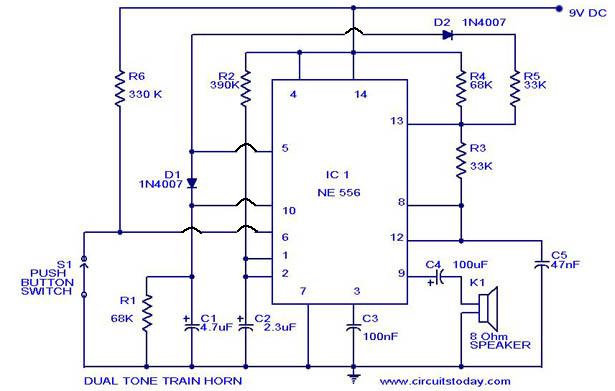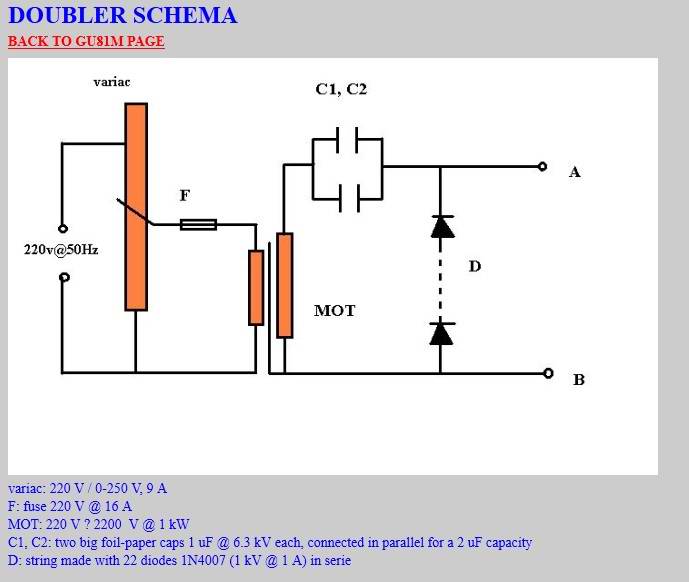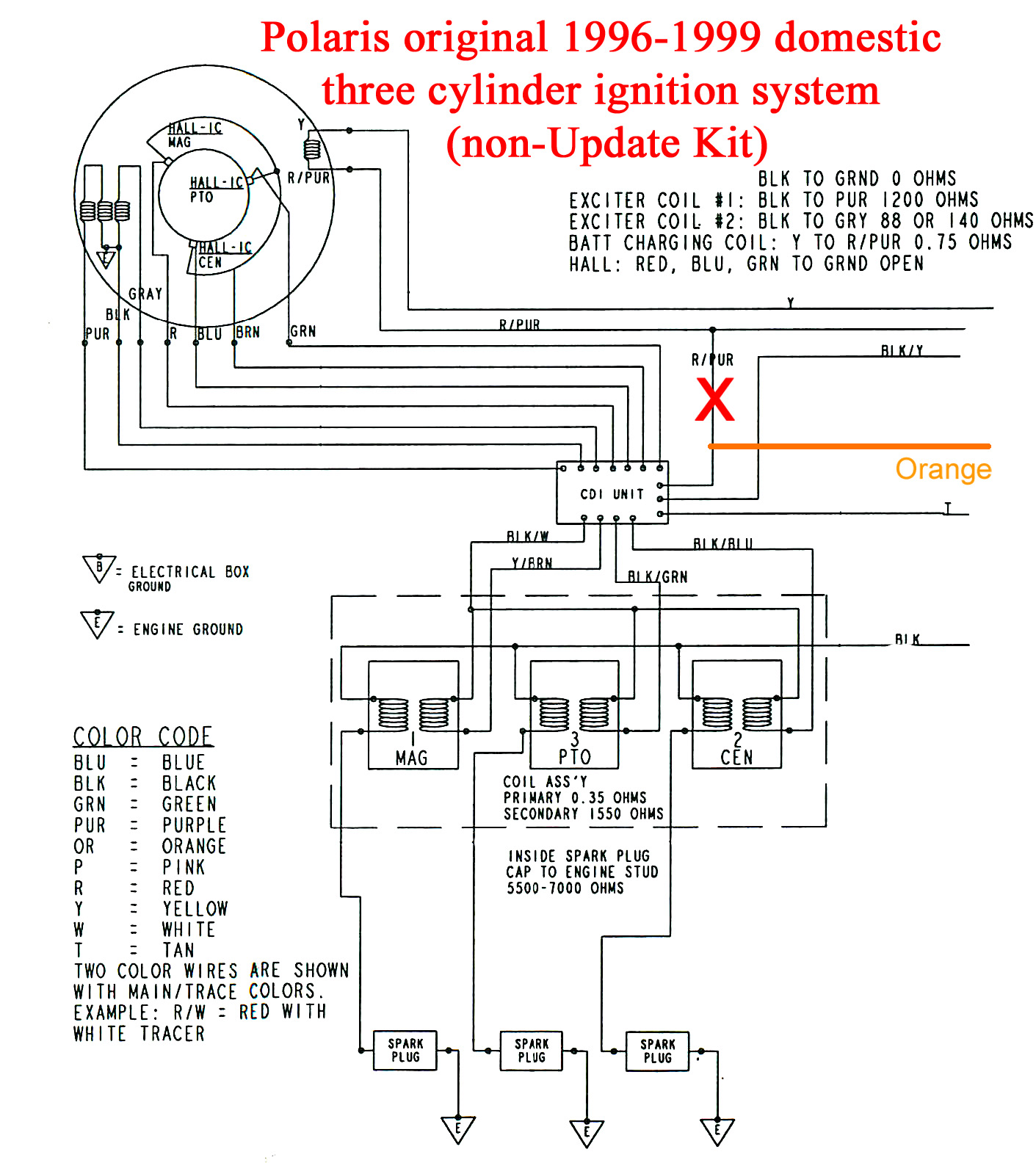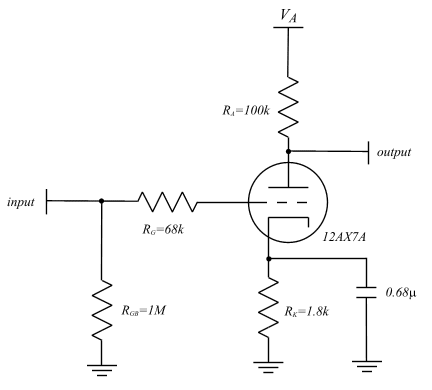
300d ca model vacuum diagnosis
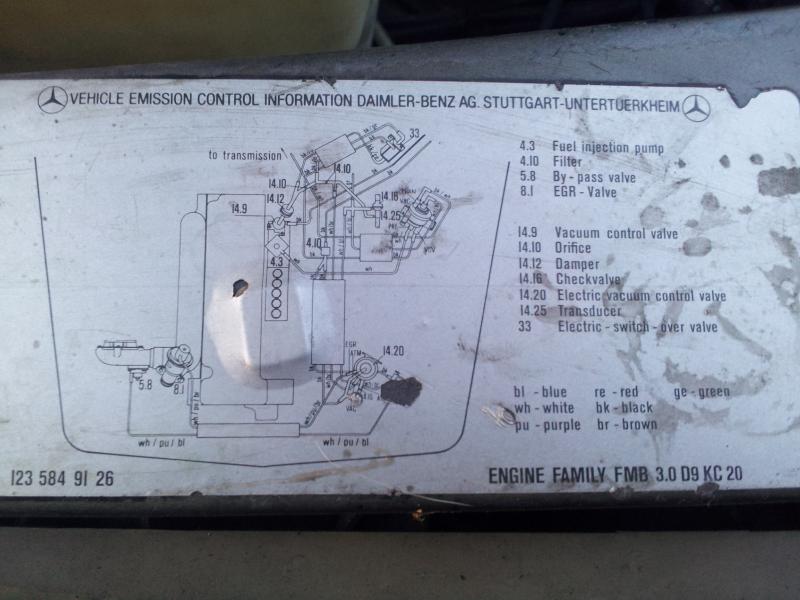
Investigating the cause of hard shifts at low throttle positions. There are several questions regarding components that are not maintaining vacuum.
In the context of automotive systems, particularly in vehicles equipped with automatic transmissions, hard shifts can be indicative of underlying issues within the transmission control system or associated vacuum components. The transmission relies on a series of hydraulic pressures and electronic signals to determine when to shift gears smoothly. When these systems are disrupted, it can lead to abrupt or harsh shifting, especially noticeable at low throttle positions where the transition between gears is typically more delicate.
The investigation should begin with a thorough examination of vacuum lines and components such as the vacuum modulator, if present. The vacuum modulator is responsible for adjusting shifting points based on engine load and throttle position. If this component is not holding vacuum, it may lead to incorrect pressure being applied to the transmission, resulting in hard shifts.
Additionally, it is essential to assess other related components such as the throttle position sensor (TPS) and the transmission control module (TCM). The TPS provides critical data about the throttle position to the TCM, which in turn controls the timing and pressure of shifts. Any discrepancies in the readings from these sensors could lead to improper shifting behavior.
Other potential areas of concern include the condition of the transmission fluid, as low fluid levels or degraded fluid can also affect shifting performance. Checking for leaks in the system and ensuring that the fluid is at the proper level and in good condition is crucial.
In summary, addressing hard shifts at low throttle positions involves a systematic approach to diagnosing vacuum integrity, sensor functionality, and overall transmission health. Each component plays a vital role in the smooth operation of the transmission, and a failure in any part can lead to noticeable performance issues.Trying to figure out why I`m getting hard shifts on low throttle positions. I have a couple questions as I found some components not holding vacuum. I`.. 🔗 External reference
In the context of automotive systems, particularly in vehicles equipped with automatic transmissions, hard shifts can be indicative of underlying issues within the transmission control system or associated vacuum components. The transmission relies on a series of hydraulic pressures and electronic signals to determine when to shift gears smoothly. When these systems are disrupted, it can lead to abrupt or harsh shifting, especially noticeable at low throttle positions where the transition between gears is typically more delicate.
The investigation should begin with a thorough examination of vacuum lines and components such as the vacuum modulator, if present. The vacuum modulator is responsible for adjusting shifting points based on engine load and throttle position. If this component is not holding vacuum, it may lead to incorrect pressure being applied to the transmission, resulting in hard shifts.
Additionally, it is essential to assess other related components such as the throttle position sensor (TPS) and the transmission control module (TCM). The TPS provides critical data about the throttle position to the TCM, which in turn controls the timing and pressure of shifts. Any discrepancies in the readings from these sensors could lead to improper shifting behavior.
Other potential areas of concern include the condition of the transmission fluid, as low fluid levels or degraded fluid can also affect shifting performance. Checking for leaks in the system and ensuring that the fluid is at the proper level and in good condition is crucial.
In summary, addressing hard shifts at low throttle positions involves a systematic approach to diagnosing vacuum integrity, sensor functionality, and overall transmission health. Each component plays a vital role in the smooth operation of the transmission, and a failure in any part can lead to noticeable performance issues.Trying to figure out why I`m getting hard shifts on low throttle positions. I have a couple questions as I found some components not holding vacuum. I`.. 🔗 External reference
